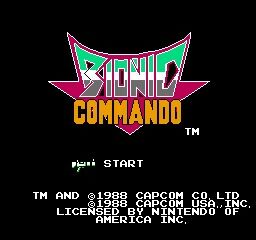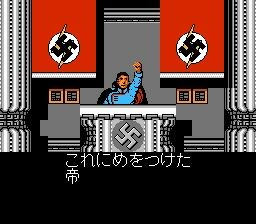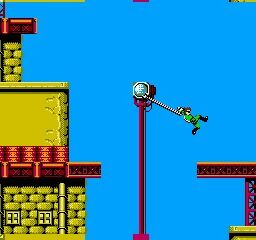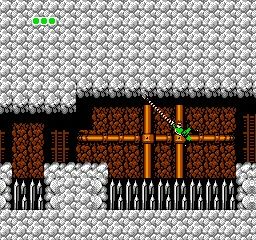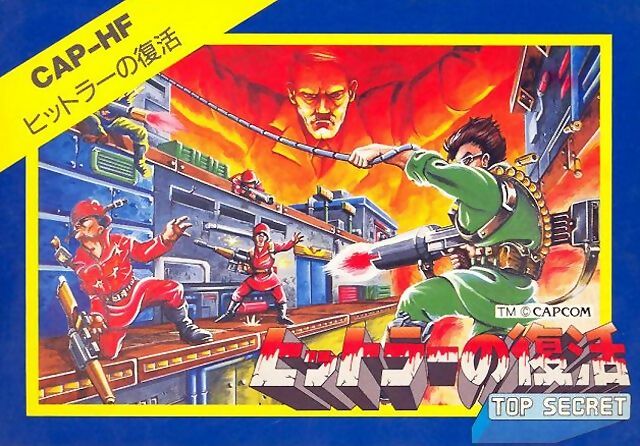
Capcom’s pioneering arcade platformer Bionic Commando was ported to the Famicom 35 years ago, introducing the gaming world to the grapple.
Bionic Commando was released on the Nintendo Famicom on 20 July 1988, 35 years ago today. The game wasn’t a big hit for Capcom in its home territory, but it made a huge impression when it was released for the NES in America later that year, and was similarly lauded when it eventually turned up in Europe in 1990. In 2003, it was heralded as one of the ‘greatest games of all time’ by Gamespot, and it regularly turns up on lists of the best games on the NES.
Even today, Bionic Commando stands out for its uniqueness. Unlike almost every platformer before and since, the main character, Ladd Spencer, cannot jump. Instead, to reach ledges above him, he has to extend his mechanical arm to grab them and hoist himself up. He can even swing from the ceiling to make his way over spiked pits, and shoot enemies while he’s dangling. Many games would later go on to replicate the joy of grappling and swinging, from Super Metroid to Grapple Dog, but hardly any would forbid the player from jumping, too.
Bionic Commando was first released in arcades in 1987, but the Famicom/NES port is generally seen as the better version of the game. The arcade game might have had superior graphics, but the home version introduced a key feature, the ability to fire your grappling arm in mid-air, enabling players to swing joyfully from platform to platform without touching the ground.
- bionic commando
The Famicom game, which was known as Hitler no Fukkatsu: Top Secret in Japan, features Adolf Hitler as the antagonist, who can be seen looming menacingly on the front cover. The plot sees Ladd attempting to rescue Super Joe – the protagonist of Capcom’s 1985 game Commando – from the clutches of the ‘Empire’, a successor to the Nazi regime. A general in the Empire is attempting to resurrect Hitler as part of a doomsday plot, and the game ends with Ladd exploding Hitler’s head with a bazooka.
All references to Nazism were removed for the western release, and Hitler was renamed as ‘Master-D’, although his appearance remains unchanged – and you still explode his head at the end.
Bionic Commando has seen a few sequels and re-releases over the years. A version appeared on the Game Boy in 1992, and a Game Boy Color sequel, Bionic Commando: Elite Forces, was developed by Nintendo in 2000. The Swedish developer Grin remade the original game as Bionic Commando Rearmed in 2008, and the studio then went on to release a fully 3D sequel in 2009, which was simply entitled Bionic Commando. However, the game flopped badly, and Grin closed its doors soon afterwards.
The last entry in the series was Bionic Commando Rearmed 2 in 2011, developed by Fatshark, and it seems the series has now been put on ice by Capcom. Which is a huge shame. The game that introduced the joy of grappling to the world deserves more love.


